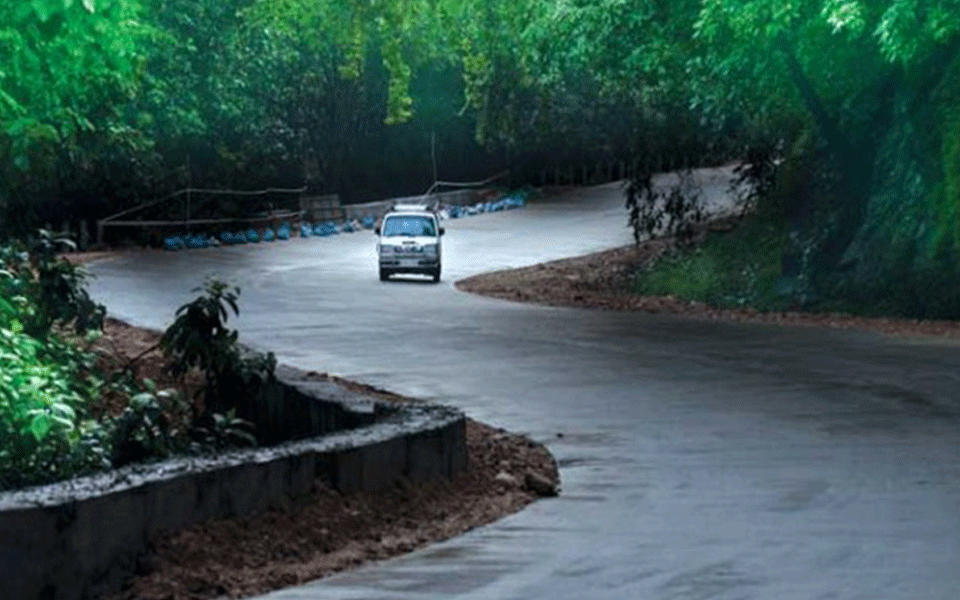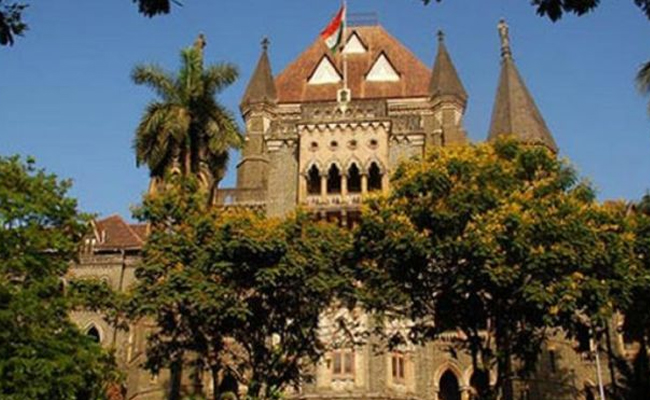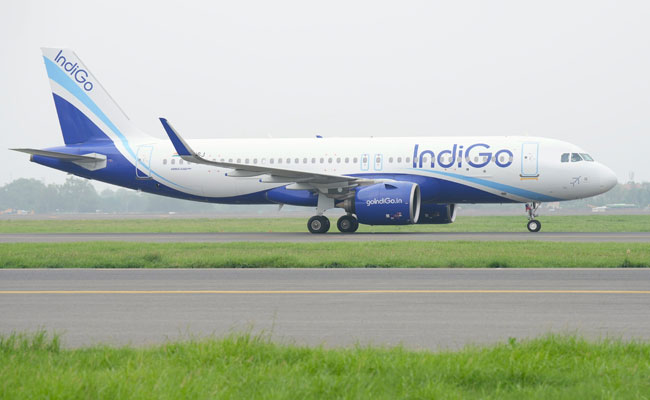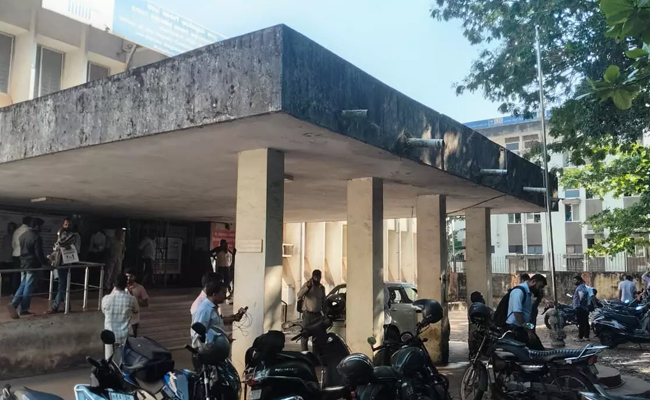Mangaluru, August 01: As the concretization and repair work of Shiradi Ghat road was almost completed, the district administration has withdrawn the restriction imposed on heavy vehicles on the road. Now, the road is open for all vehicles from August 2, according to an order issued by Deputy Commissioner Sasikanth Senthil.
The incomplete retention wall work and laying mud on either side of the road was completed. So, the national highway would be open for the movement of all kinds of heavy vehicles from Thursday.
The concretization of 12.3 km road on Mangaluru-Bengaluru national highway 75 was completed at a cost of Rs 74 crore and it was inaugurated on July 15. Later, the heavy vehicles were restricted on the road paving way for only light vehicles.
The first phase work of 13 km road from Marnahalli to Kempuholey was completed in 2015. Along with this, total length of 26 km road in Shiradi Ghat was completed and inaugurated on July 15. The road was concretised keeping in mind the next 30 years durability using German technology.
With the laying of 45 cm height DLC concrete, the total height of the concrete was 60 cm. The Shiradi Ghat has total 65 curves and new bridges were constructed at three places. The company which got the contract of the road should maintain the road for four years, said NHA officials.
The retention wall on one side from Kempuholey to Addaholey was completed and the work of another side was under progress. Filling the soil on roadside was also completed on one side and another side, the work was under progress and it would be completed soon. In the places where the landsliding incidents happened, it was not possible to complete the work till the water level in the stream is receded. Now, aluminum sheets were fixed as a temporary safety measure, said Ocean Construction Company director Sharfuddin.
Let the Truth be known. If you read VB and like VB, please be a VB Supporter and Help us deliver the Truth to one and all.
Panaji (PTI): The Bombay High Court on Monday converted a civil suit against Birch by Romeo Lane nightclub into a Public Interest Litigation (PIL) saying "someone has to be held accountable" for the tragedy in which 25 people were killed.In a stern observation, Goa bench of the High Court of Justices Sarang Kotwal and Ashish Chavan said the local panchayat had "failed to take suo motu cognisance" of the club and had taken "no action despite complaints."
The division bench directed the Goa government to file a detailed reply on the permissions granted to the nightclub.
The High Court, while fixing January 8 as the next date of hearing, pointed out that commercial operations were continuing in the structure despite it having been served a demolition order.
The original petition was filed after the December 6 tragedy by Pradeep Ghadi Amonkar and Sunil Divkar, the owners of the land on which the nightclub was operating.
ALSO READ: Veteran Congress leader Shamanuru Shivashankarappa laid to rest with full state honours
Advocate Rohit Bras de Sa, the lawyer representing the petitioner, was made amicus curiae in the matter and has been asked to file a detailed affidavit in the matter.
In their petition, Amonkar and Divkar highlighted "the alarming pattern of statutory violations that have remained inadequately addressed despite multiple complaints, inspections, show-cause notices, and even a demolition order".
They contended that these violations posed "immediate threats to public safety, ecological integrity, and the rule of law in the state of Goa."
Investigations by multiple agencies into the nightclub fire have revealed various irregularities, including lack of permissions to operate the nightclub.
The Goa police arrested five managers and staff members of the club, while co-owners Gaurav Luthra and Saurabh Luthra have been detained in Thailand after they fled the country.





